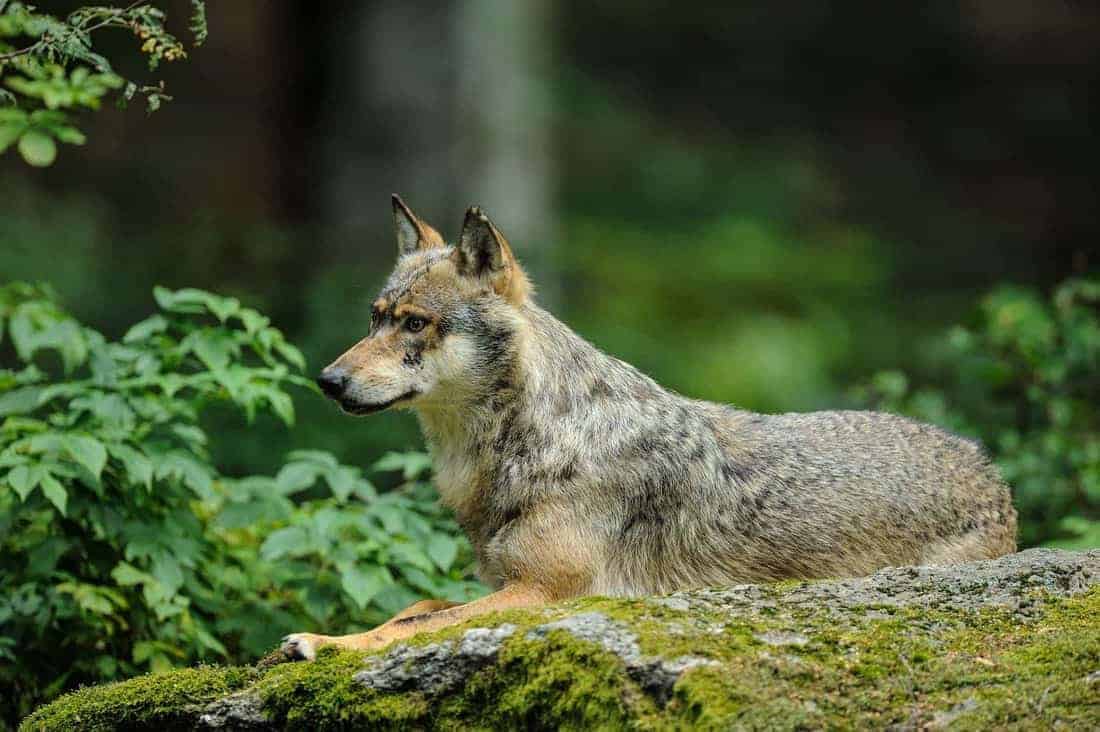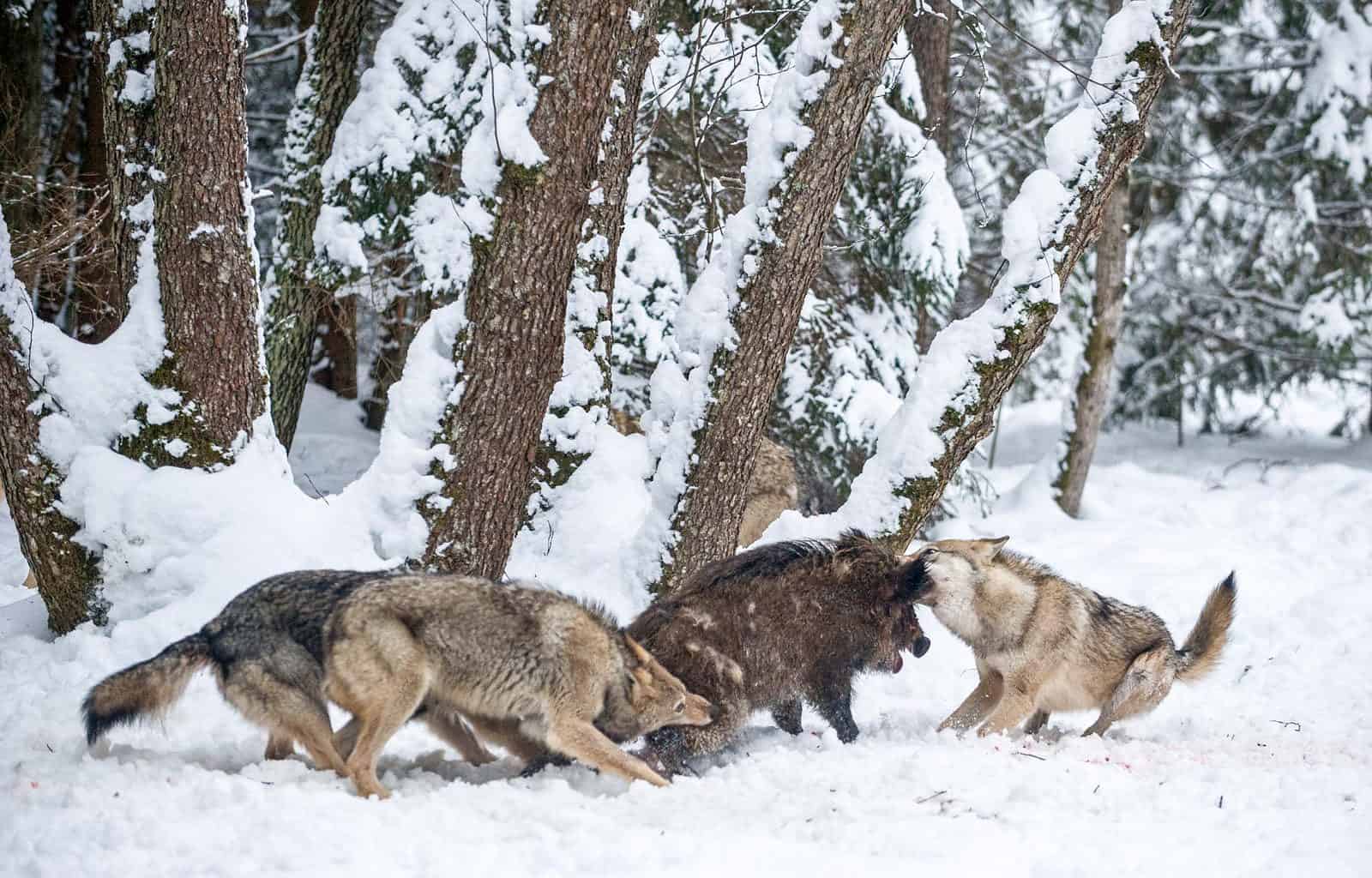Should we worry about Chernobyl wolves?
The media have picked up a new study from the European Journal of Wildlife Research. In the study, Bryne and colleagues present GPS data from a young wolf. What makes the study unique, is that this young wolf lived in the Chernobyl Exclusive Zone and travelled 369 km, all its way to Russia. National Geographic published an article, suggesting that the Chernobyl wolves could threaten other wolf populations because of genetic mutations, because these wolves travel like any normal wolf would. Yet, there is no evidence that the radiation causes severe mutations in wolves. Let alone, that the wolves would pass on radioactively modified genes that impact the wolf’s life.
Please also read: Wilderness and Wildlife in Chernobyl in the Ukraine and Belarus
Chernobyl Radiation and Ecological Biosphere Reserve
After the disaster of 1986, many believed that Chernobyl would become a barren land without life. The radiation would kill everything that enters the Exclusive Zone, either directly or on the longer run. However, as often happens, nature surprised us with her flexibility. Plants and wildlife, which were mostly already present before the accident, started to increase in numbers. First studies revealed growing population numbers of all kinds of mammals, including rodents, foxes, wolves, deer, moose and even bison. The Ukrainian government made plans to turn the radioactive area into a protected reserve. In 2016, more than 220 000 ha of the radioactive area became the Chernobyl Radiation and Ecological Biosphere Reserve.

Is the radiation dangerous to wildlife?
Scientist studied the effect of the radiation on several small animals in the Exclusive Zone. Although some data contradicts each other, most data suggests that damaging mutations only occurred right after the incident. Now, after more than 30 years, the impact seems to be much less.
What many seem to forget is that a majority of the radioactivity ended up in other parts of Europe. Scandinavia, Germany, and even Central Europe received many Caesium-137 particles from the radioactive clouds. For example, researchers found high levels of radiation in reindeer, lynxes and bears in Sweden. Even today, mushrooms still contain high amounts of Caesium. Thirty percent of wild boars, who feast on these mushrooms, are therefore still too radioactive for human consumption. Yet we do not worry about mutations spreading from these radioactive wild boar, so it seems. And as wild boar makes up a decent portion of the wolves’ diet, the radioactive particles also end up in wolves across Europe.

Chernobyl’s wolves act like any other wolf
A wandering young wolf is not unique. GPS data from different wolves shows that young wanderers cover hundreds of kilometres, like the recent wolf in Salzburg. Some wandering wolves might even end up in Chernobyl as well. It is important to put such news into perspective. As National Geographic itself reported earlier in 2016 on Chernobyl’s flourishing wildlife:
Wolves, in particular, may get at least some protection from radiation because they have a big territory and move around a lot, even outside the zone into cleaner areas.
John Wendle, National Geographic reporter
When the time comes that Chernobyl wolves start to glow in the dark, they will have more difficulties to surprise their prey and will soon starve. So even then, nature will make sure that these genetic mutations will not spread to the next generation of Chernobyl wolves.
Stay up to date on the Wilderness news, subscribe to our Newsletter!








